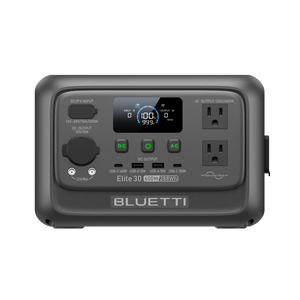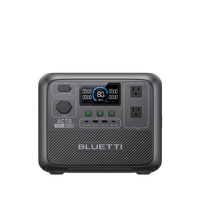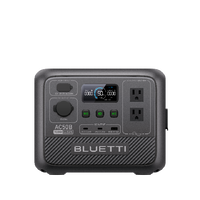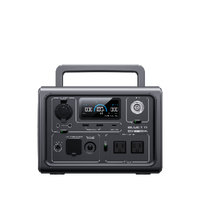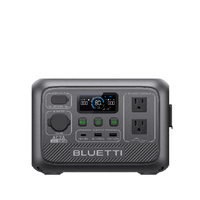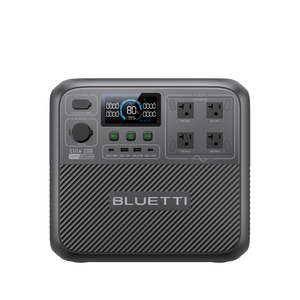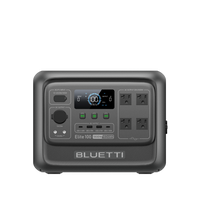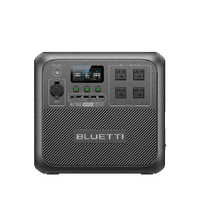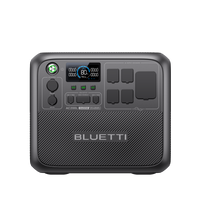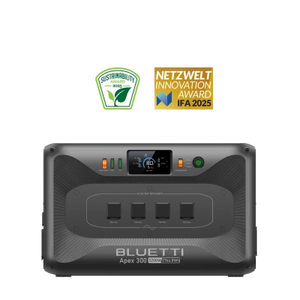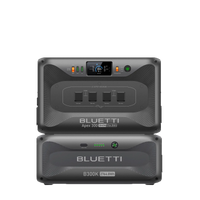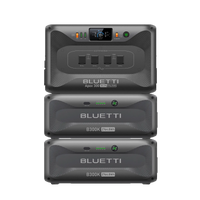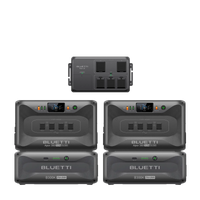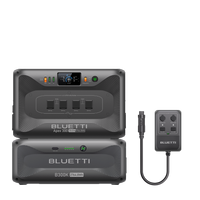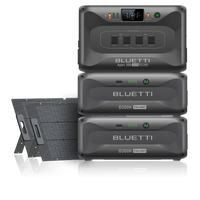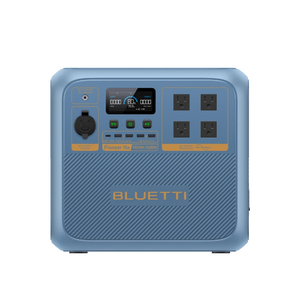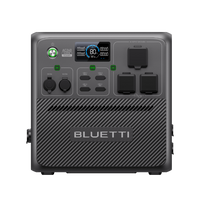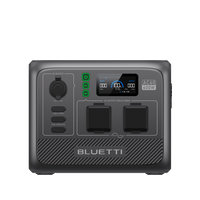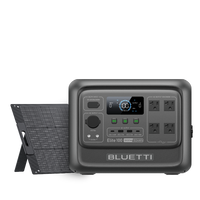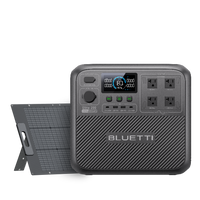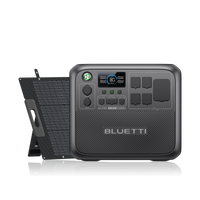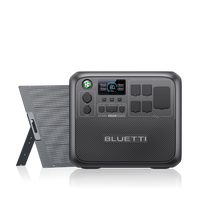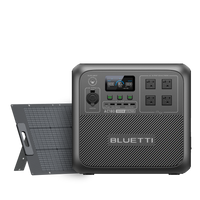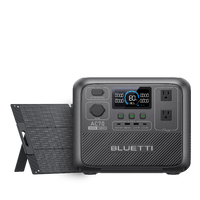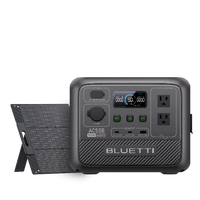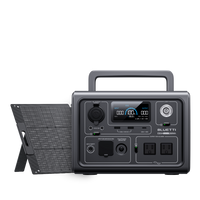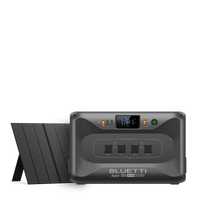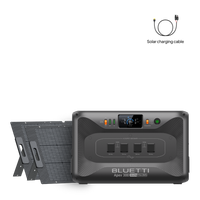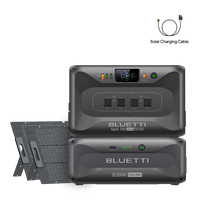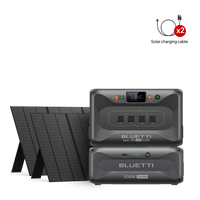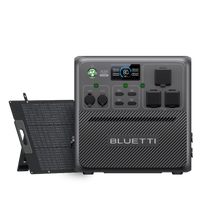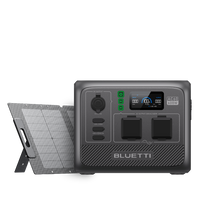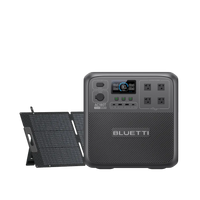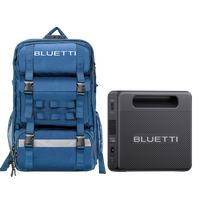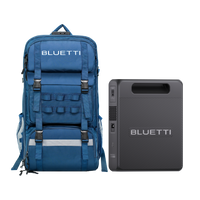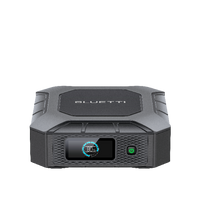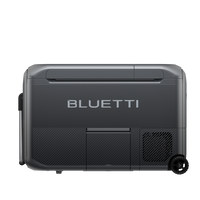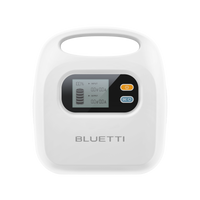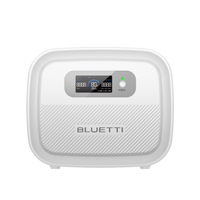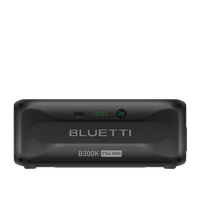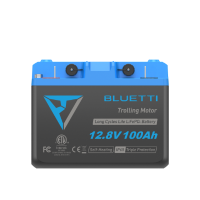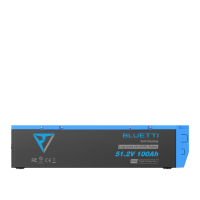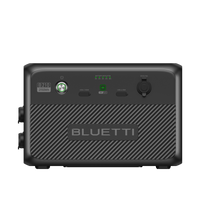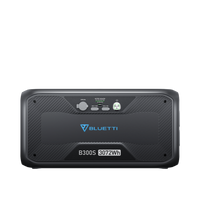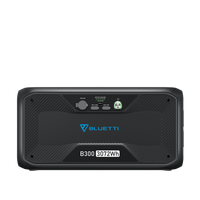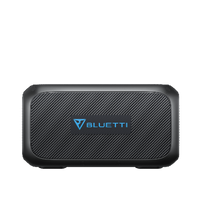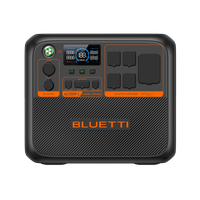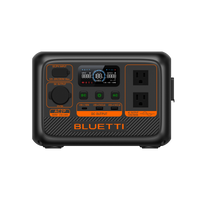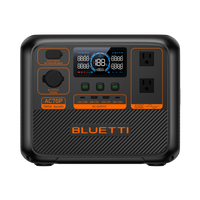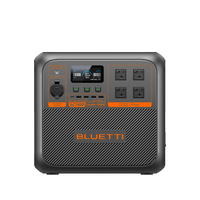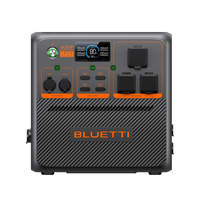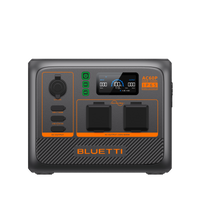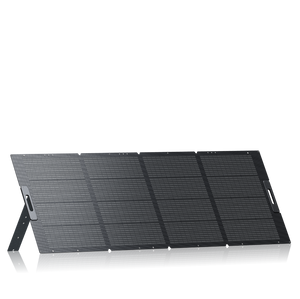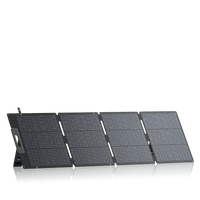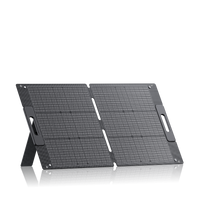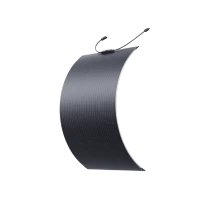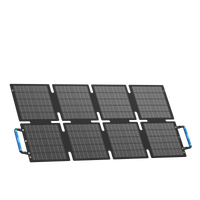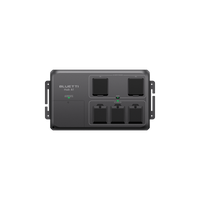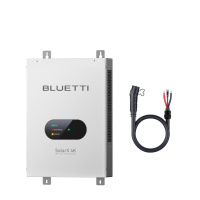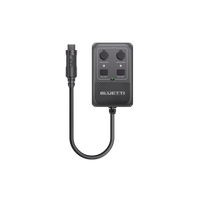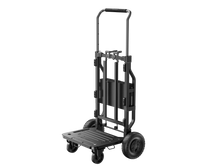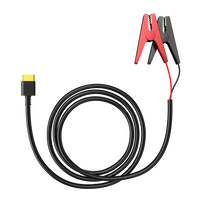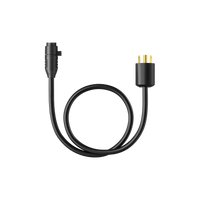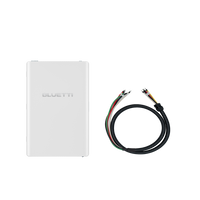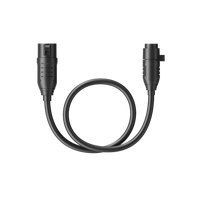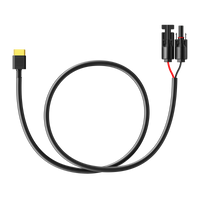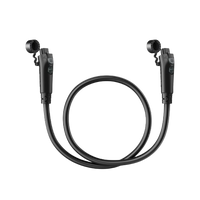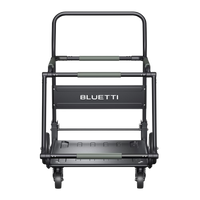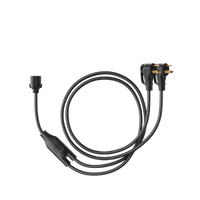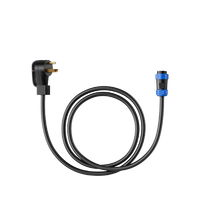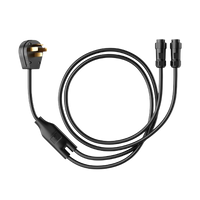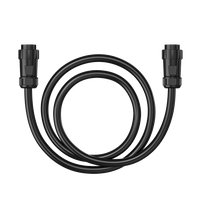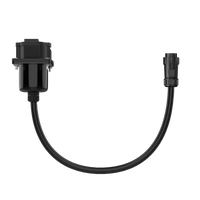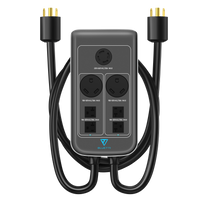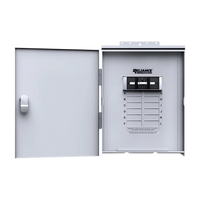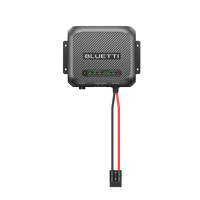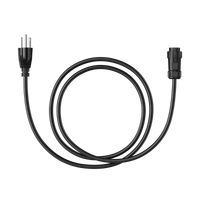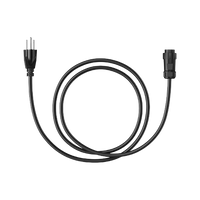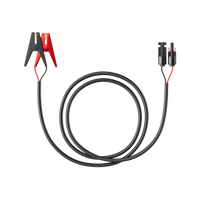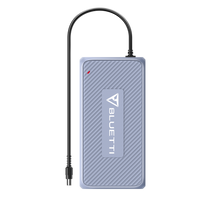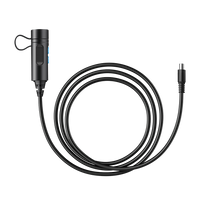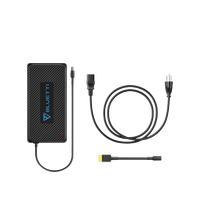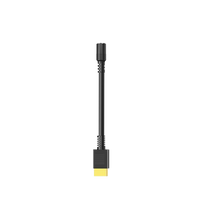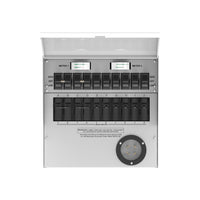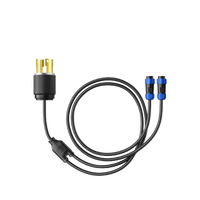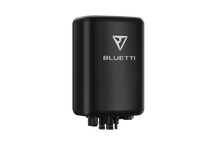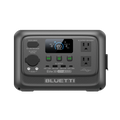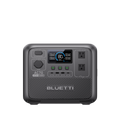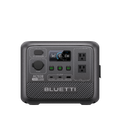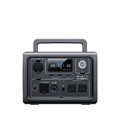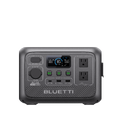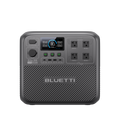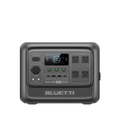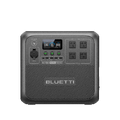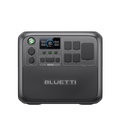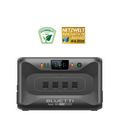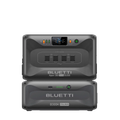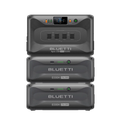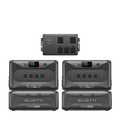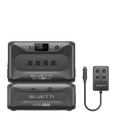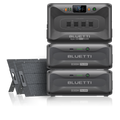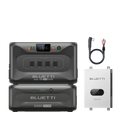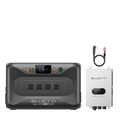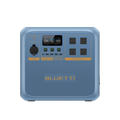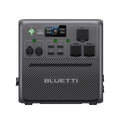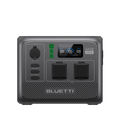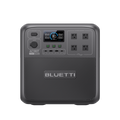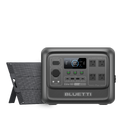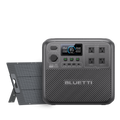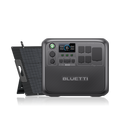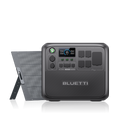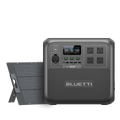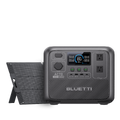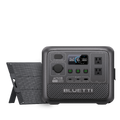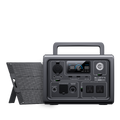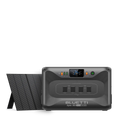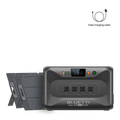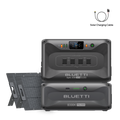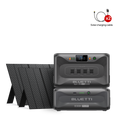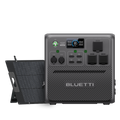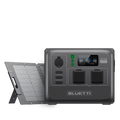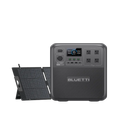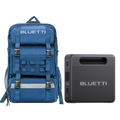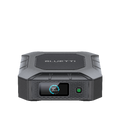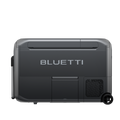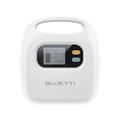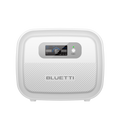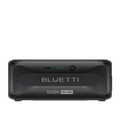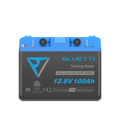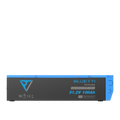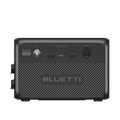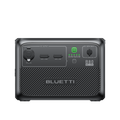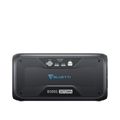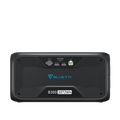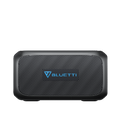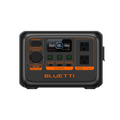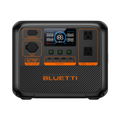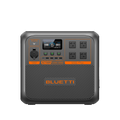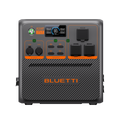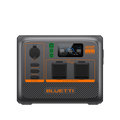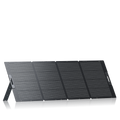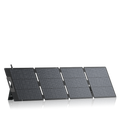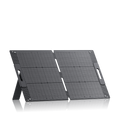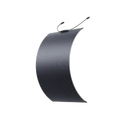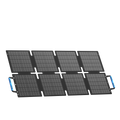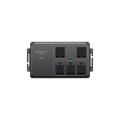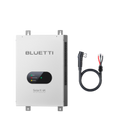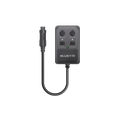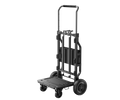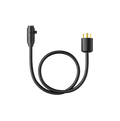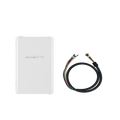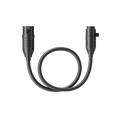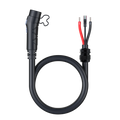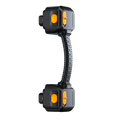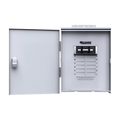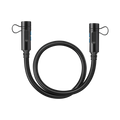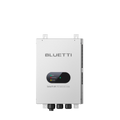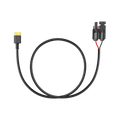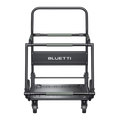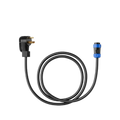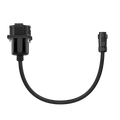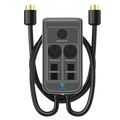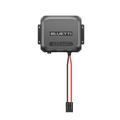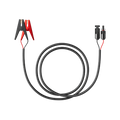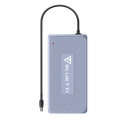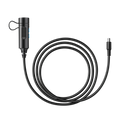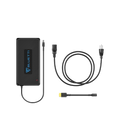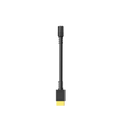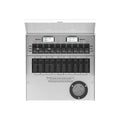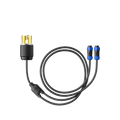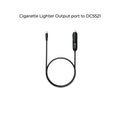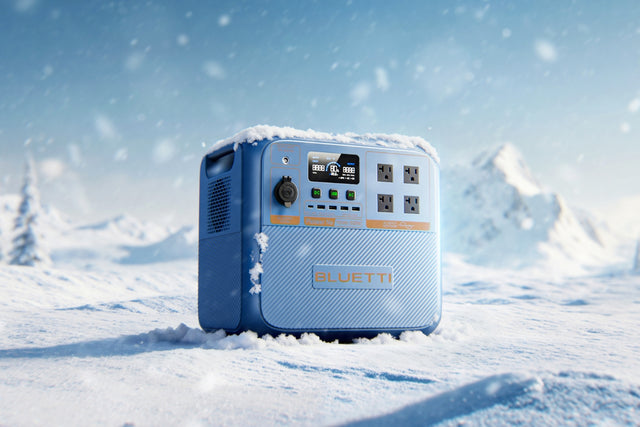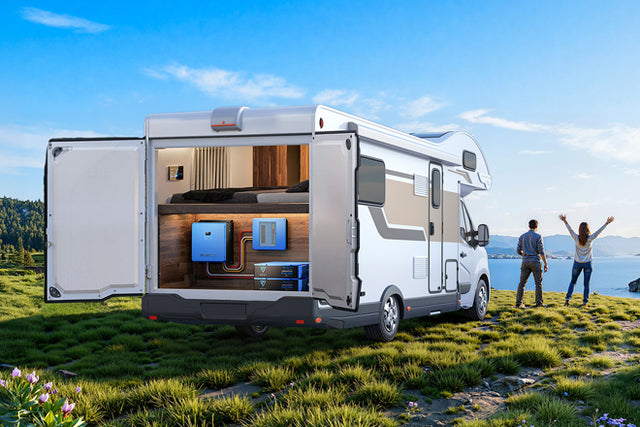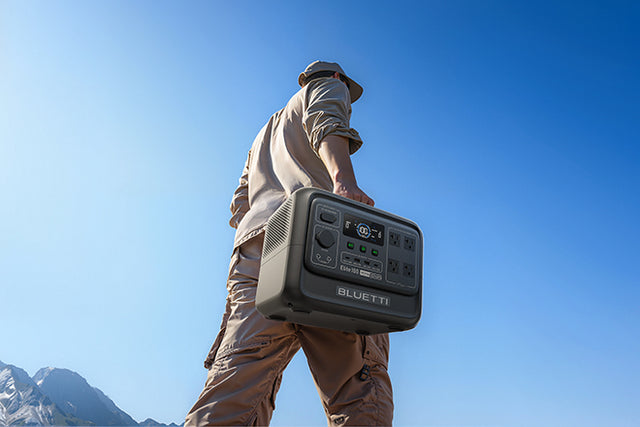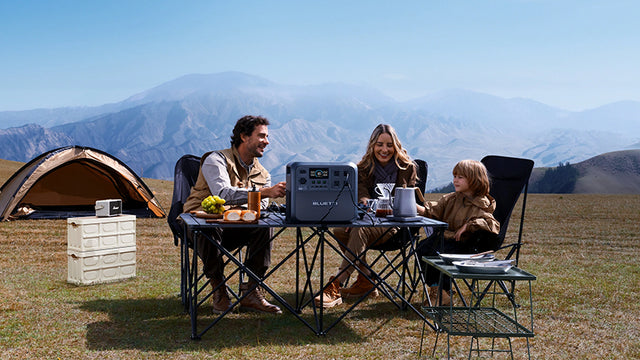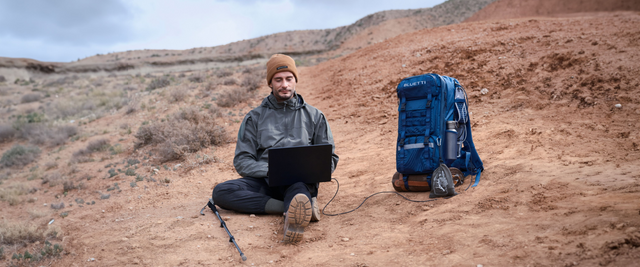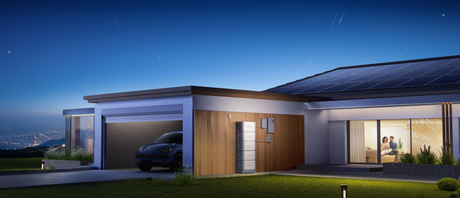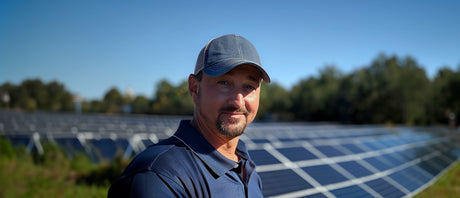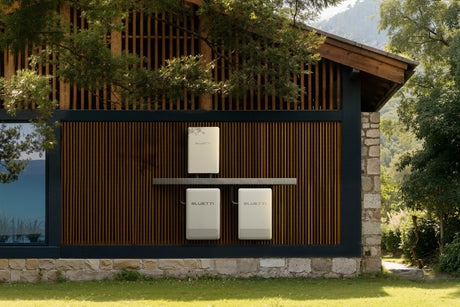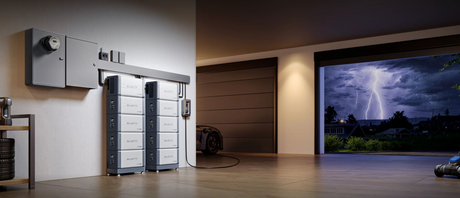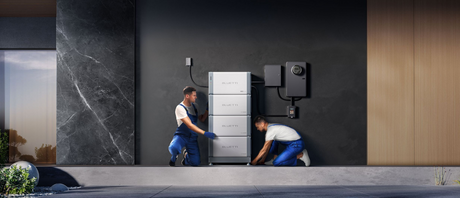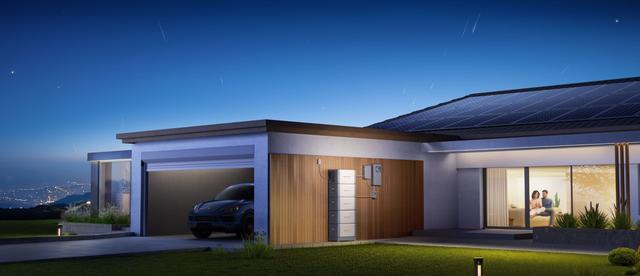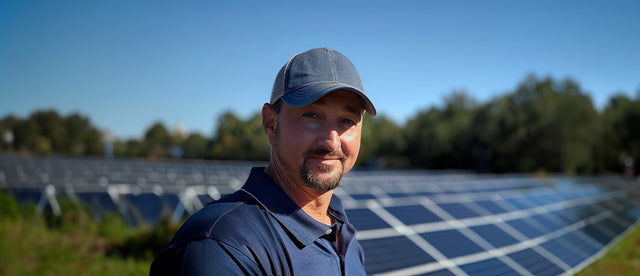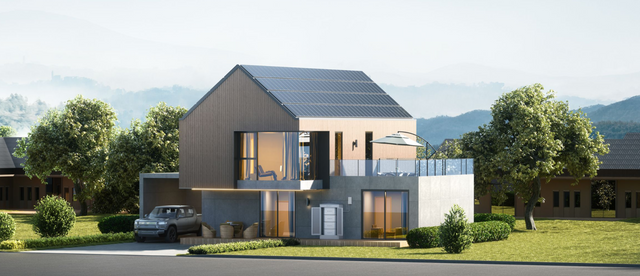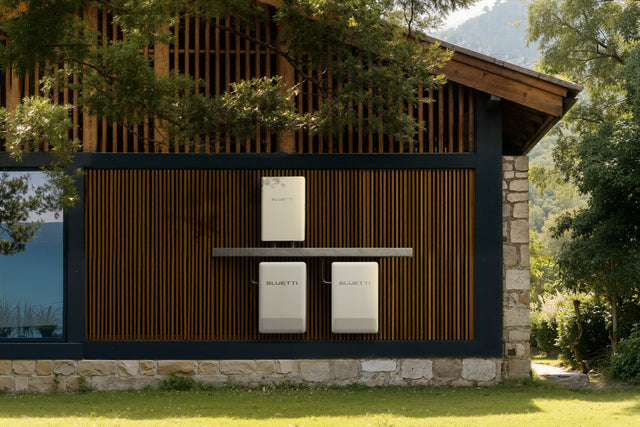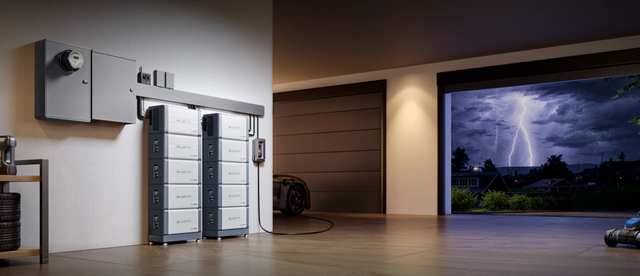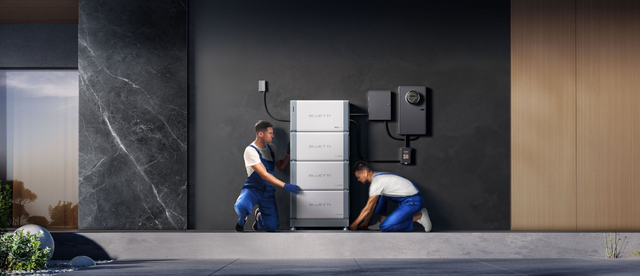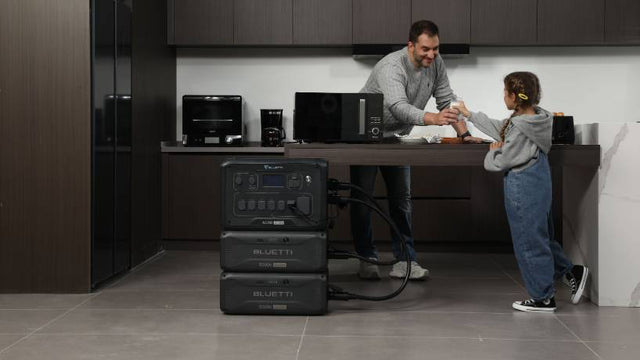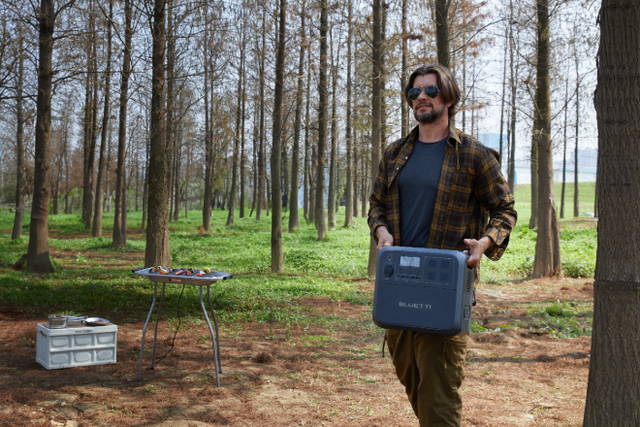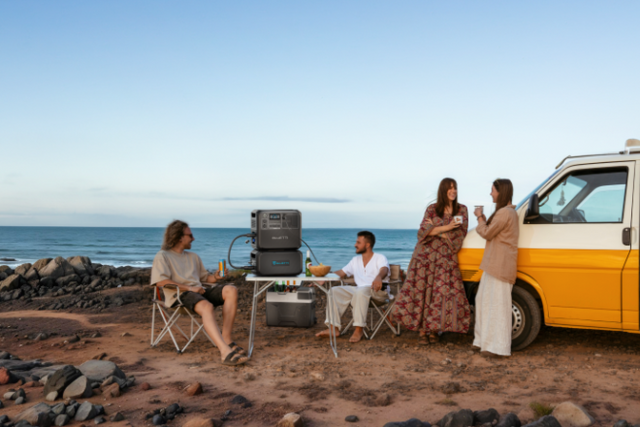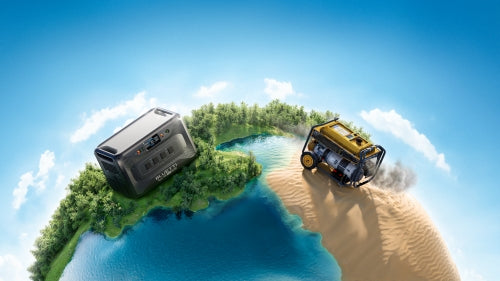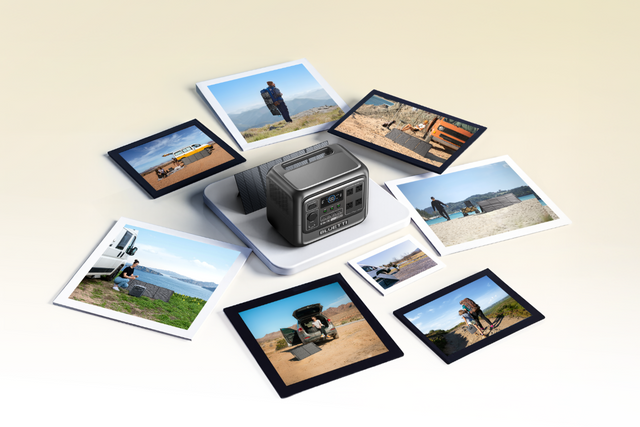Your cart is empty
Shop our productsDo you live in an area with frequent power outages? If so, you must know how useful a portable freezer is in this situation. That’s right. A portable freezer is your solution - it stores and preserves food and beverages for long durations, acting as your little storage device. Yet, how much electricity do these small compact appliances use?
Read on to explore these devices called potable freezers, how they work, their energy efficiency, their differing features from traditional coolers, the factors to keep in mind while purchasing them, and how to save your electrical costs with a portable power station.
What Is a Portable Freezer?

As its name suggests, a portable freezer is essentially a freezer that is portable. This device has a compressor and a refrigerant - which maintain a freezing temperature. This is different from traditional coolers that use ice to keep their items frozen.
While ice melts and can no longer keep the foods and beverages frozen, the portable freezer is the opposite. It maintains a consistent freezing temperature, effectively preserving your food items, especially in cases of power outages.
Besides being a compact and self-contained appliance, it is also mobile. You can easily carry it with you for outdoor recreational activities or camping trips, whereby you require the preservation of perishable items. How convenient is that!
How Does a Portable Freezer Work?
A portable freezer works similarly to a regular freezer, based on the thermoelectric cooling system, to perpetuate the freezing temperature. This process primarily uses the compressor to circulate refrigerant through a closed system.
- The cycle begins with the refrigerant absorbing the heat from inside the freezer.
- This causes the heat energy to evaporate and rise in pressure.
- This compressed refrigerant then moves into the condenser.
- In the condenser, its heat is released; hence, it condenses to a liquid state.
- Afterward, this liquid refrigerant flows through the expansion valve. In it, its temperature and pressure are reduced.
- With this, it returns to the evaporator, once again re-starting the cycle.
What’s the Efficiency of Portable Freezers?
The less energy-efficient a product is, the more power it consumes, and higher electrical bills result. Contrarily, the more energy-efficient a product is, the less power it consumes, and the less electrical bill results.
Newer models of portable freezers are generally more energy-efficient, consuming less power and thus producing a lower electrical bill. They owe this to the advanced insulation qualities and energy-saving technologies. However, the energy efficiency of your portable freezer is also highly affected by its size, insulation, and compressor technology.
For instance, a smaller size has a higher energy efficiency because it has a smaller interior volume to cool. Better insulation also keeps the cold air in more efficiently. These two factors significantly reduce the compressor’s work, which thus uses less power.
What Are the Differences Between Portable Freezers and Traditional Coolers?
There are distinct differences between the traditional coolers and portable freezers. Let’s explore each one of them, shall we?
|
Traditional Coolers |
Portable Freezers |
|
|
Compressor and Cooling Function |
It only has ice packs to preserve food items and beverages. Ice packs do not have a consistent cooling mechanism because ice diminishes with time. |
It boasts a compressor and refrigerant technology - they maintain a consistent temperature in the freezer and keep food items effectively frozen. |
|
Temperature Control |
Ice packs do not offer a consistent cooling mechanism. They rely on the amount of ice and ambient conditions, rendering it an ineffective mode of preserving food. |
It has a thermostat, allowing you to regulate the temperature of the freezer as per your requirements. |
|
Weight and Portability |
Designed with the intent to hold food items as well as ice, they are thus heavier and bulkier, limiting their portability. |
They are easy to transport as they have compact designs, handles, and wheels for easy transportation. |
|
Cost |
Due to their simplistic design and lack of technological features, they are relatively less expensive. |
With their advanced thermoelectric capability, they are inevitably relatively pricier. |
How to Choose a Suitable Portable Freezer?
Now that we have understood about portable freezers, it is time to discuss factors that you must keep in mind while purchasing a portable freezer.
1. Storage Capacity
What do you need the potable freezer for? For example, do you need it for your daily use, for family camping trips, or perhaps for storing large amounts of food? Your purpose will determine the storage capacity you require of your portable freezer. Hence, be very sure of your purpose and decide on the storage capacity you need accordingly.
2. Size and Weight
There are various sizes (and therefore weights) of portable freezers, ranging from small ones for personal use to larger ones for camping trips. Now, besides understanding your storage capacity, you also need to choose a portable freezer that aligns with your transportation needs and storage space.
For family trips, you cannot choose a very bulky or heavy portable freezer, or it will hinder its transportation. Similarly, without ample space in your home, opting for a big portable freezer is not a wise choice.
3. Energy Efficiency
While portable freezers do consume electricity, there is no harm in going for one that will reduce your electrical bill. For this purpose, it is advisable to look for portable freezers that have high star ratings or energy-saving features. These features often consist of inverter compressors and efficient insulation, which significantly contribute to greater energy efficiency and, thus, lower your electrical bills.
4. Durability and Build Quality
This aspect is one of the extremely important ones. After all, if a product does not offer durability, it is essentially a waste of your money. Hence, it is of paramount importance to look for portable freezers that are durable and have high quality. To achieve this purpose, be sure to check out the product’s reviews and user feedback, especially in terms of reliability and performance.
Do Portable Freezers Use a Lot of Electricity?
Generally, portable freezers do not consume a substantial amount of electricity. However, how much they use it depends on their size, energy efficiency, and usage patterns. Newer models of portable freezers are designed to be more energy-efficient and thus consume significantly less electricity than household freezers.
If you own a smaller portable freezer with more energy efficiency, its electrical consumption may be as little as 0.5 kilowatt-hours (kWh) daily. On the other hand, smaller portable freezers with a lower energy efficiency consume up to 2 kWh or more per day.
Related articles: How Many Watts Does a Mini Fridge Use?
Saving With Solar – How Portable Solar Panels Can Help Save You Money
Can You Save Cost with a Portable Power Station?
As you have seen, even the highest electrical consumption of a portable freezer is essentially very low. However, it is by no means a reason to forgo attempts at reducing your electrical costs related to portable freezers.
Powering your portable freezer using a portable power station will be a remarkably rewarding investment for you. Further, portable power stations will not only reduce your electrical bills, but they are also extremely useful in off-grid situations and during emergencies.
How Many Solar Panels Do You Need To Go Off-Grid?
Portable power stations store electrical energy in batteries, and you can easily charge them using either solar panels, generators, or standard household outlets. Convenient, isn’t it?
When it comes to portable power stations, BLUETTI portable power stations are the creme de la creme (the best of the best) in the market. Let’s dive into some of BLUETTI’s most noteworthy portable power stations.
-
BLUETTI AC180/P Solar Portable Power Station

The BLUETTI AC180/P Solar Portable Power Station has a 1,800W AC Output, i.e., it offers up to 1,800W of power, giving you ample power to power up your portable freezer when you are off-grid. This device offers you two versions of capacity: 1,152 watt-hours (AC180) and 1,440 watt-hours (AC180P) - you can choose according to your needs. With its 11 output ports, you can charge multiple devices simultaneously. Cool, isn’t it?
-
BLUETTI EB3A Portable Power Station

The BLUETTI EB3A Portable Power Station boasts a 600W AC Pure Sine Wave Inverter. It also has a 268Wh capacity. With a combination of Solar and AC inputs, it is capable of 430W maximum fast dual charging, promising an immediate charging capability. It also has a LiFePO4 battery - guaranteeing substantial durability with over 2,500 life cycles up to 80% capacity.
-
BLUETTI AC60/P Portable Power Station

The BLUETTI AC60/P Portable Power Station is known for its dustproof and water-resistant capabilities. It also has a remarkable Turbo Charging technology, which allows it to be charged 100% in just 1 hour. It boasts a remarkable capacity of 403Wh to 2,015Wh with AC60 and a capacity of 504Wh to 2116 Wh with AC60P.
Moreover, its LiFePO4 battery also provides over 3,000 life cycles up to 80% capacity. What a tempting portable power station it is! With this, you can be at ease as your portable freezer has its own reliable powering-up device.
Final Thoughts
Overall, portable freezers are a great appliance to have to preserve your food for long durations or for family trips when you go off-grid. They have better cooling mechanisms than traditional coolers, and they are more portable and lightweight than them.
If you purchase portable freezers, keep in mind the storage capacity you require, what size and weight fits your requirements, and its energy efficiency and durability. Lastly, going for a BLUETTI portable power station will also be a great choice to accompany your portable freezer. It will aid your off-grid adventures and reduce your electrical costs as well.
Shop products from this article
Be the First to Know
You May Also Like

What Does a 30% Federal Solar Tax Credit Mean and How to Apply?
Governments around the world are offering programs that encourage homeowners to switch to solar energy. Among the most notable programs is the 30% Federal Solar Tax Credit. It reduces your...

Deadly Flooding Devastates U.S. South and Midwest — What You Need to Know

